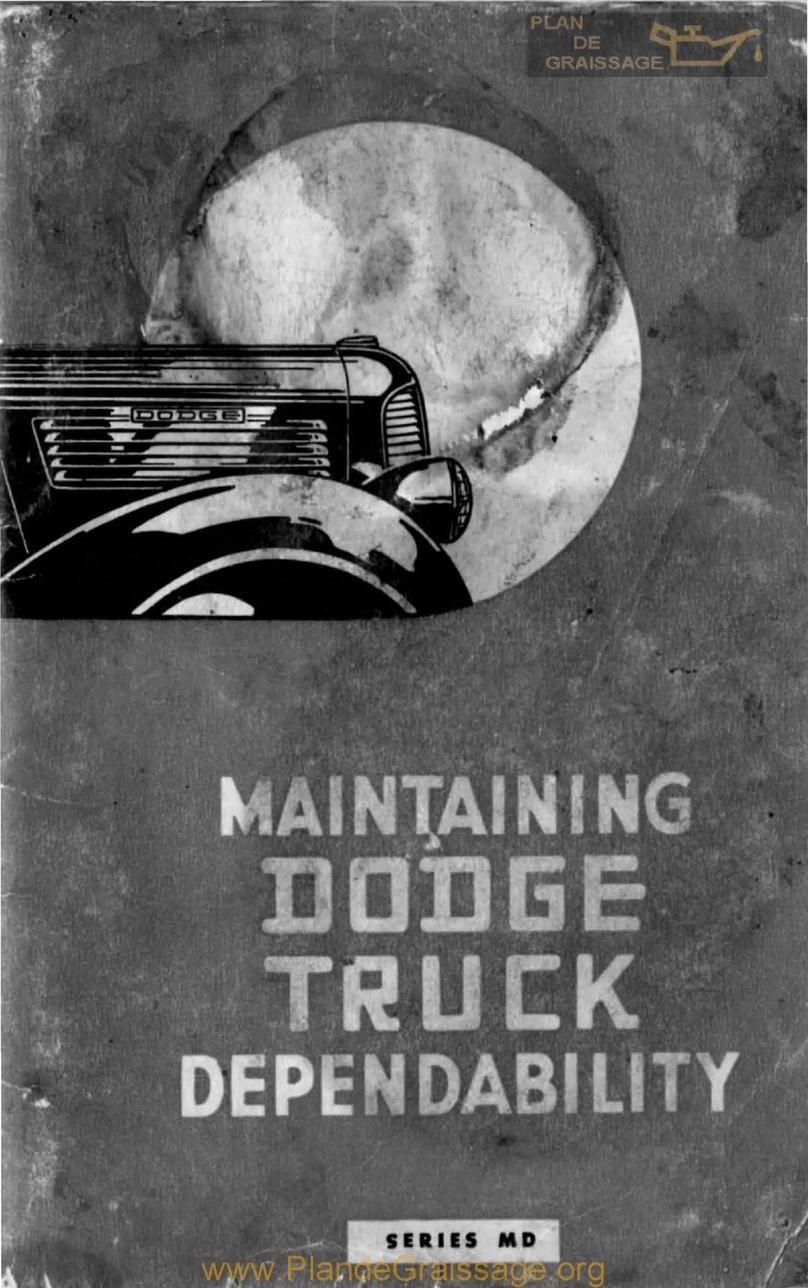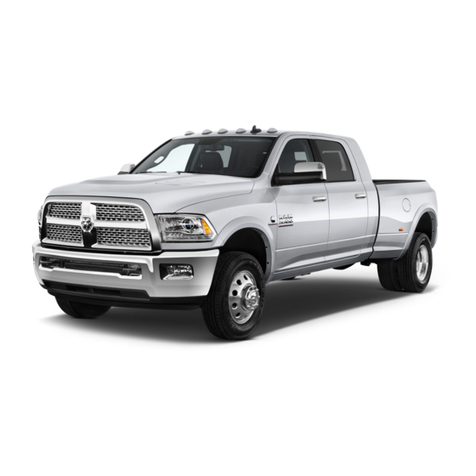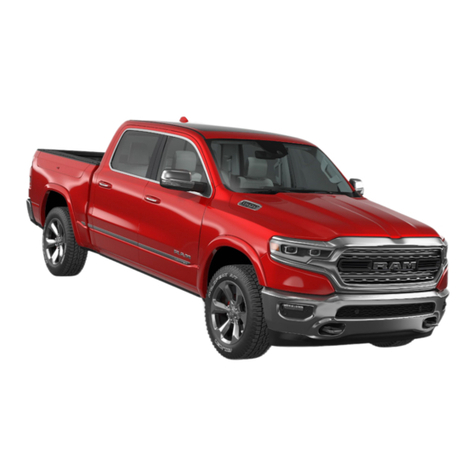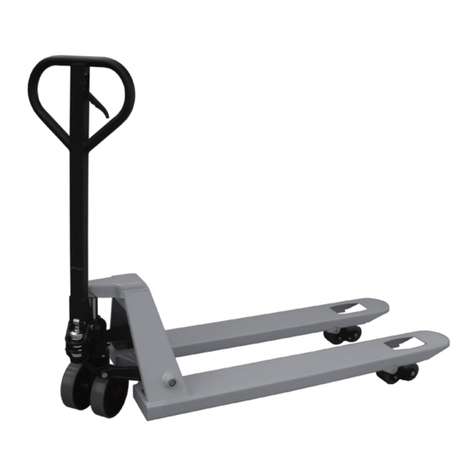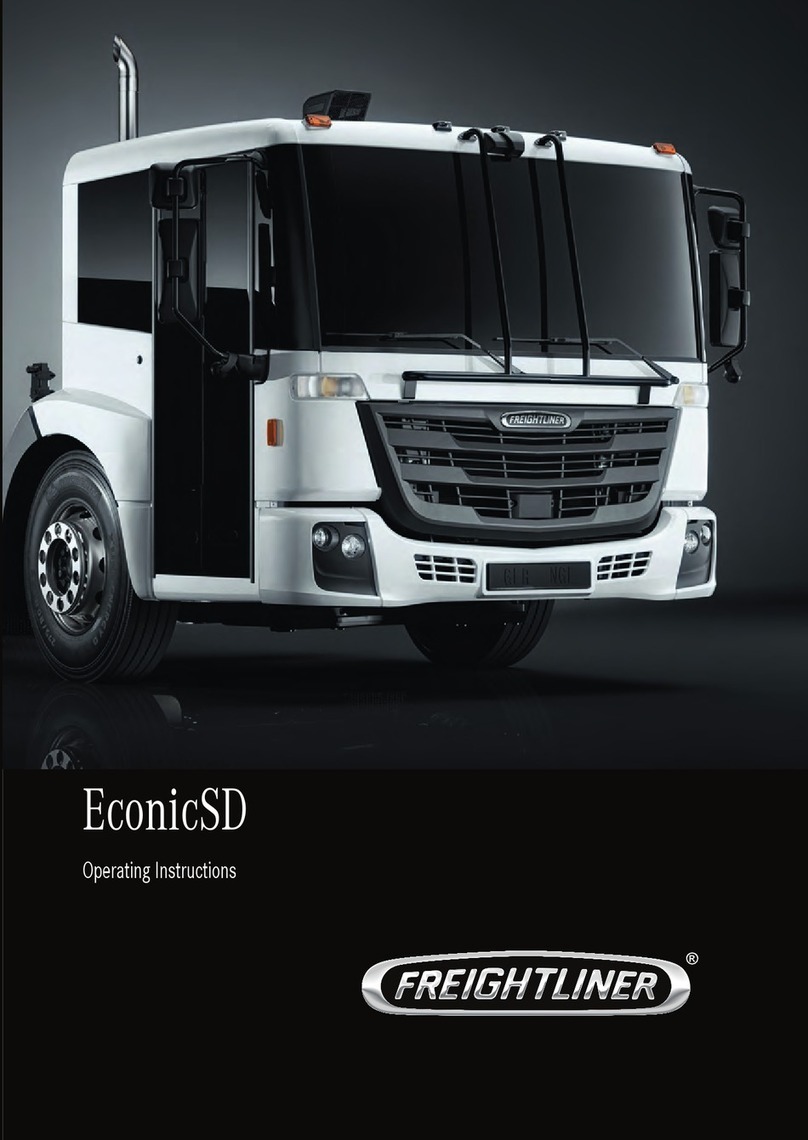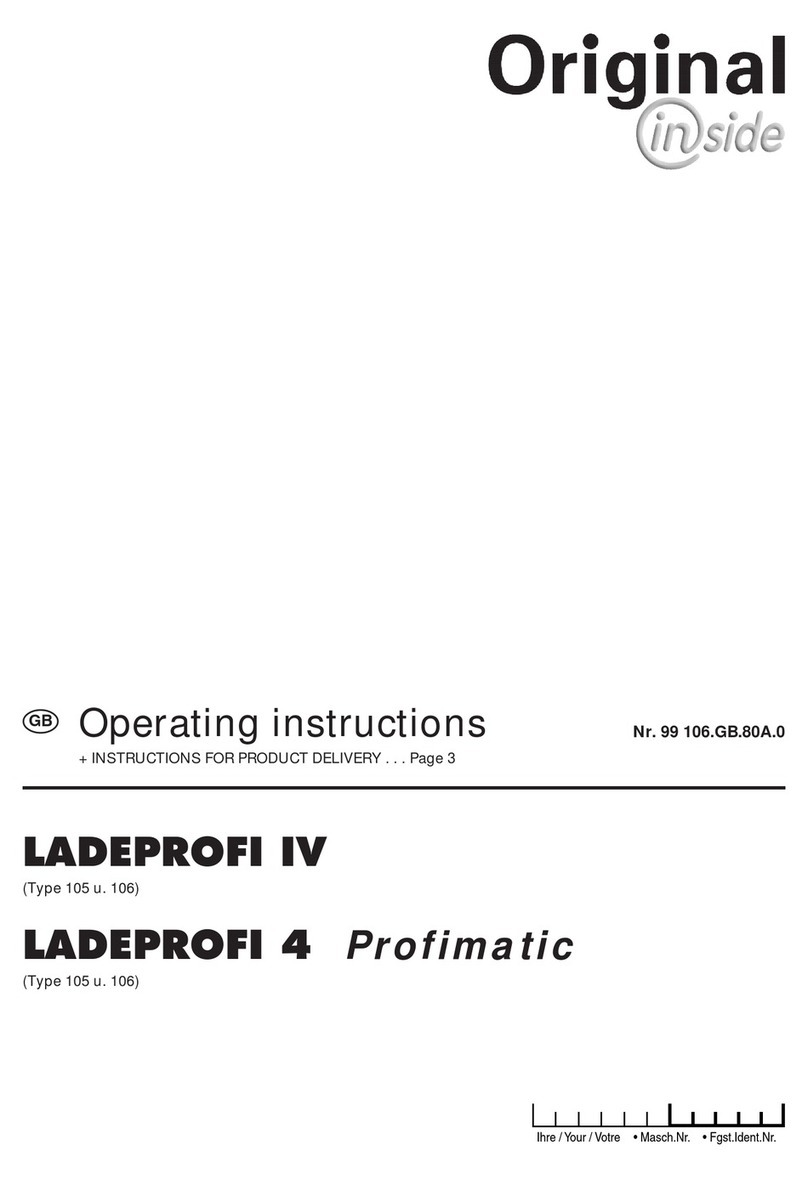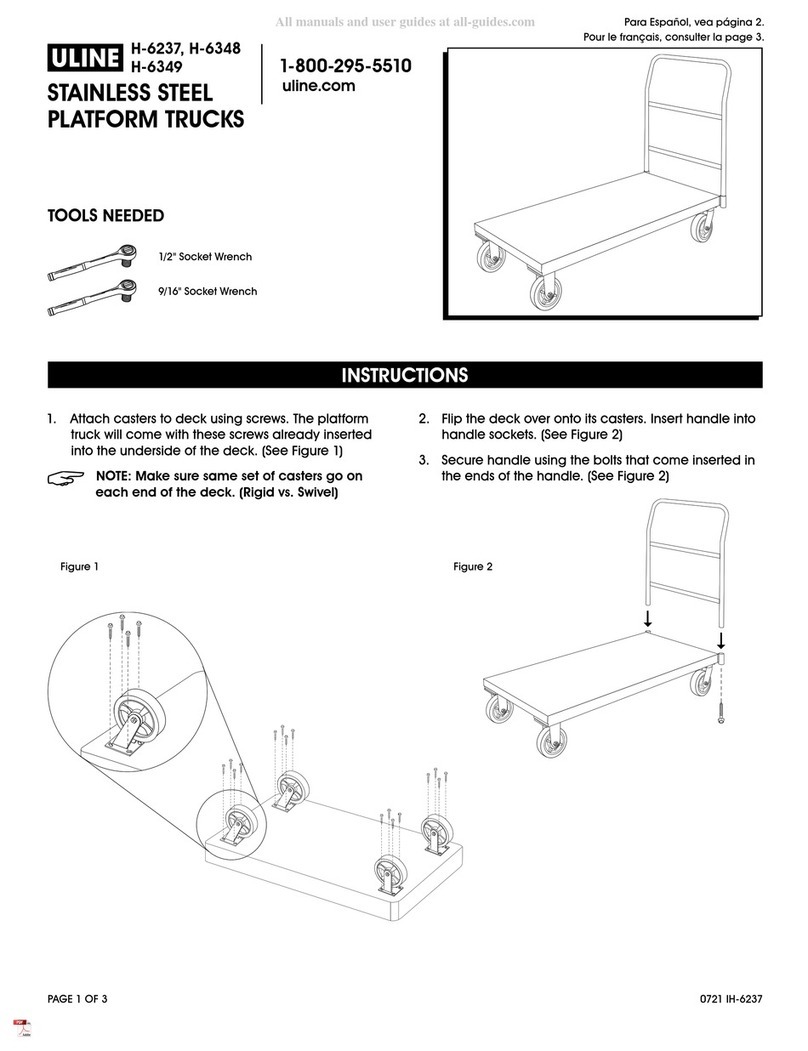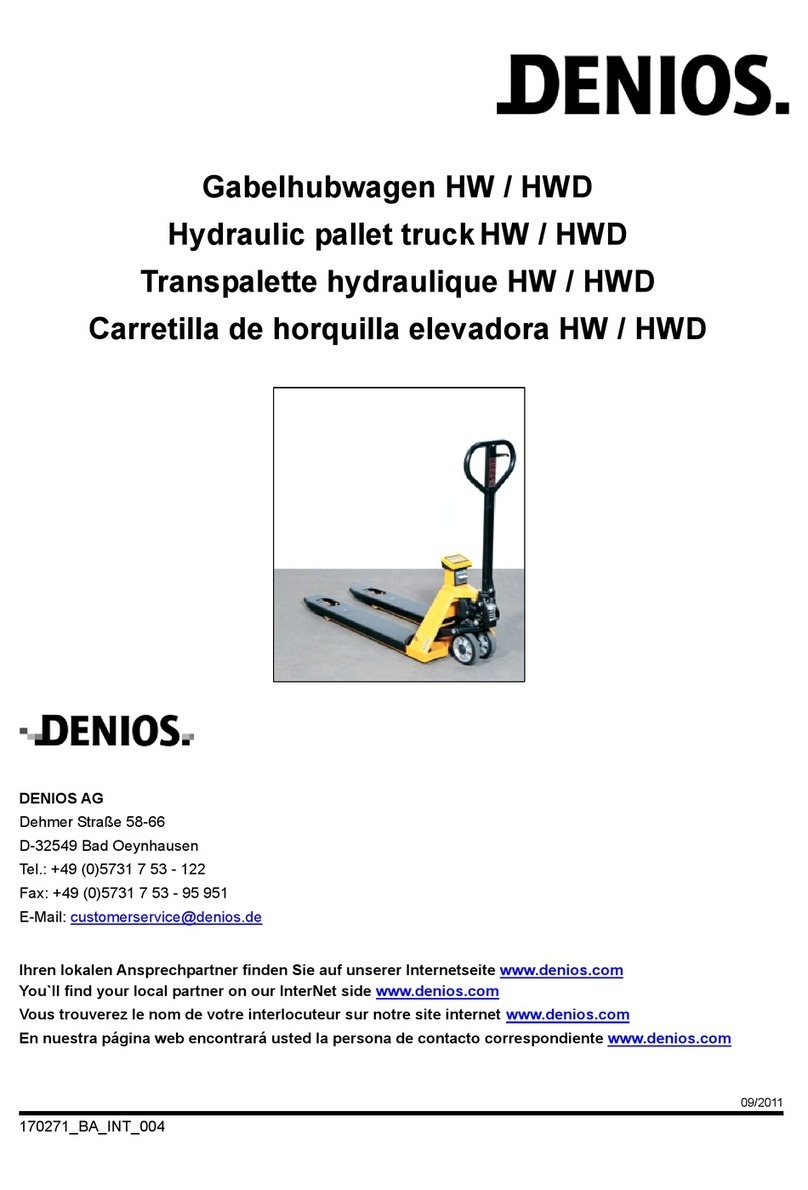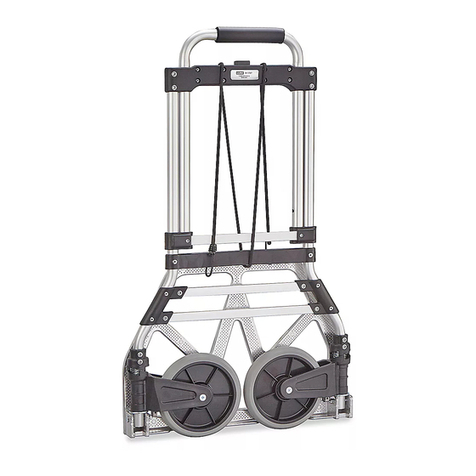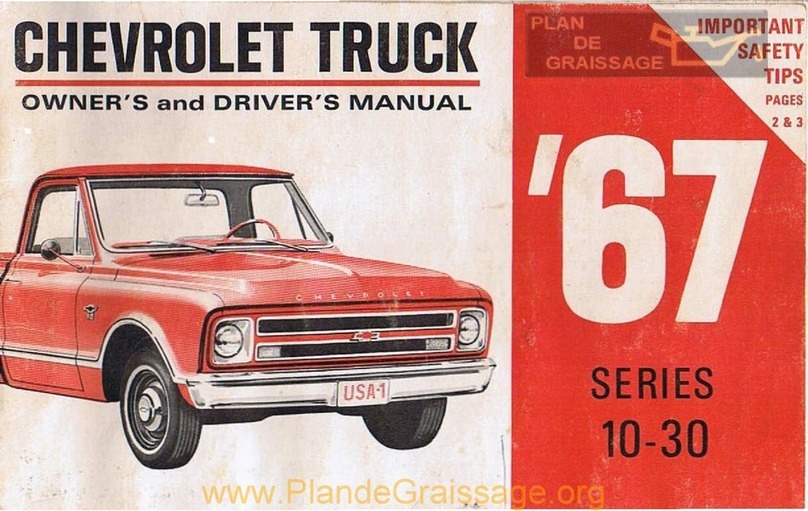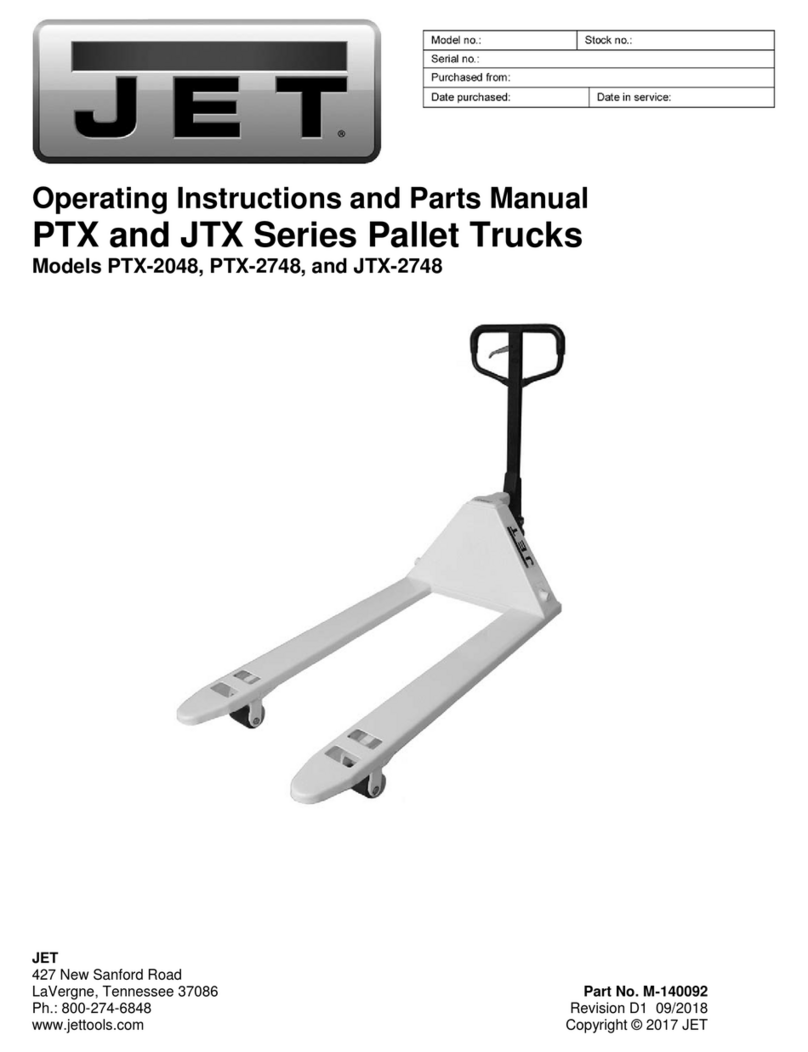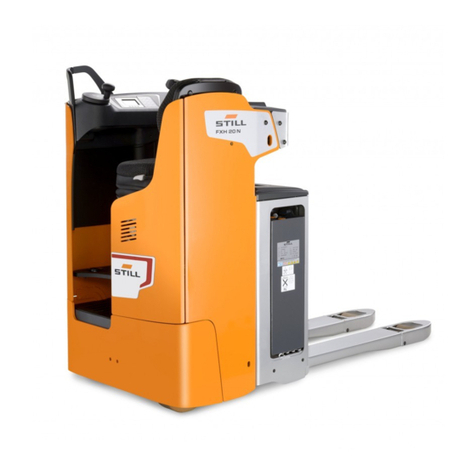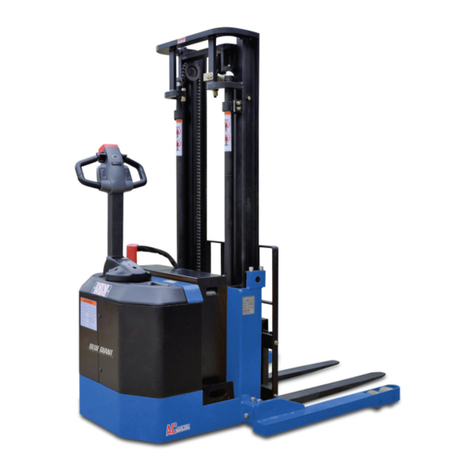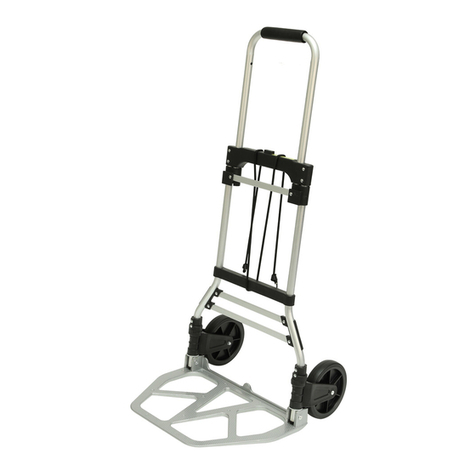Dodge RAM 1500 2018 Owner's manual

DIESEL SUPPLEMENT
2018 RAM TRUCK

VEHICLES SOLD IN CANADA
With respect to any Vehicles Sold in Canada, the name
FCA US LLC shall be deemed to be deleted and the name
FCA Canada Inc. used in substitution therefore.
DRIVING AND ALCOHOL
Drunken driving is one of the most frequent causes of
accidents.
Your driving ability can be seriously impaired with blood
alcohol levels far below the legal minimum. If you are
drinking, don’t drive. Ride with a designated non-
drinking driver, call a cab, a friend, or use public trans-
portation.
WARNING!
Driving after drinking can lead to an accident.
Your perceptions are less sharp, your reflexes are
slower, and your judgment is impaired when you
have been drinking. Never drink and then drive.
This manual illustrates and describes the operation of
features and equipment that are either standard or op-
tional on this vehicle. This manual may also include a
description of features and equipment that are no longer
available or were not ordered on this vehicle. Please
disregard any features and equipment described in this
manual that are not on this vehicle.
FCA US LLC reserves the right to make changes in design
and specifications, and/or make additions to or improve-
ments to its products without imposing any obligation
upon itself to install them on products previously manu-
factured.
Copyright © 2017 FCA US LLC


RAM 1500


TABLE OF CONTENTS
SECTION PAGE
1INTRODUCTION .................................................................7
2GETTING TO KNOW YOUR VEHICLE .................................................9
3GETTING TO KNOW YOUR INSTRUMENT PANEL ......................................13
4STARTING AND OPERATING .......................................................31
5SERVICING AND MAINTENANCE ...................................................53
6TECHNICAL SPECIFICATIONS ......................................................77
1
2
3
4
5
6


A MESSAGE FROM FCA US LLC
FCA US LLC welcomes you as a turbocharged diesel-
powered truck owner. Your diesel truck will sound, feel,
drive, and operate differently from a gasoline-powered truck.
It is important that you read and understand this manual.
Almost 100% of the heavy trucks in the United States and
Canada are diesel-powered because of the fuel economy,
rugged durability, and high torque which permits pulling
heavy loads.
You may find that some of the starting, operating, and
maintenance procedures are different. However, they are
simple to follow and careful adherence to them will ensure
that you take full advantage of the features of this engine.
NOTE:
•Some aftermarket products may cause severe engine/
transmission and/or exhaust system damage. Your ve-
hicle’s Powertrain Control Systems can detect and store
information about vehicle modifications that increase
horsepower and torque output such as whether or not
performance-enhancing powertrain components, com-
monly referred to as downloaders, power boxes, or
performance chips have been used.
•Any chassis/suspension or tire size modifications to the
vehicle will effect the performance of the Adaptive
Cruise Control and Forward Collision Warning System.
This information cannot be erased and will stay in the
system’s memory even if the modification is removed. This
information can be retrieved by FCA US LLC, and service
and repair facilities, when servicing your vehicle. This
information may be used to determine if repair will be
covered by New Vehicle Limited Warranty.
There is a probability that the use of a “performance chip”
will prohibit the engine from starting. In this instance, the
vehicle will need to be serviced by a authorized dealer in
order to return the vehicle to its factory settings.
When it comes to service, remember that your authorized
dealer knows your vehicle best, has factory-trained techni-
cians and genuine MOPAR® parts, and cares about your
satisfaction.
8 INTRODUCTION

REMOTE STARTING SYSTEM
This system uses the key fob to start the engine
conveniently from outside the vehicle while still
maintaining security. The system has a range of
approximately 300 ft (91 m).
NOTE:
•The vehicle must be equipped with an automatic trans-
mission to be equipped with Remote Start.
•Obstructions between the vehicle and the key fob may
reduce this range.
•The Remote Start system will wait for the “Wait To Start”
amber telltale to extinguish before cranking the engine.
This allows time for the engine pre-heat cycle to pre-heat
the cylinder air, and is normal in cold weather. Refer to
“Instrument Cluster Display” in “Getting To Know Your
Instrument Panel” for further information on the “Wait
To Start” amber telltale and the pre-heat cycle.
How To Use Remote Start
All of the following conditions must be met before the
engine will remote start:
•Gear selector in PARK
•Doors closed
•Hood closed
•HAZARD switch off
•BRAKE switch inactive (brake pedal not pressed)
•Battery at an acceptable charge level
•PANIC button not pushed
•Fuel meets minimum requirement
•System not disabled from previous remote start event
•Vehicle security alarm not active
•“Water In Fuel Indicator Light” is not illuminated
•“Wait To Start” telltale is not illuminated
10 GETTING TO KNOW YOUR VEHICLE

WARNING!
•Do not start or run an engine in a closed garage or
confined area. Exhaust gas contains Carbon Monox-
ide (CO) which is odorless and colorless. Carbon
Monoxide is poisonous and can cause serious injury
or death when inhaled.
•
Keep Remote Keyless Entry key fobs away from chil-
dren. Operation of the Remote Start System, windows,
door locks or other controls could cause serious injury
or death.
2
GETTING TO KNOW YOUR VEHICLE 11


GETTING TO KNOW YOUR INSTRUMENT PANEL
CONTENTS
䡵INSTRUMENT CLUSTER ...................14
䡵INSTRUMENT CLUSTER DISPLAY ............20
▫Oil Life Reset ..........................22
▫Fuel Filter Life Reset .....................23
▫Diesel Particulate Filter (DPF) Messages .......24
▫Displays ..............................26
▫Vehicle Information (Customer Information
Features)..............................26
▫Diesel Exhaust Fluid (DEF) Warning Messages . . .27
▫Diesel Exhaust Fluid (DEF) Fault Warning
Messages .............................28
䡵WARNING LIGHTS AND MESSAGES ..........29
▫Yellow Indicator Lights ...................29
3

INSTRUMENT CLUSTER
Base Instrument Cluster
14 GETTING TO KNOW YOUR INSTRUMENT PANEL

1. Tachometer
•Indicates the engine speed in revolutions per minute
(RPM x 1000).
2. Instrument Cluster Display
•When the appropriate conditions exist, this display
shows the instrument cluster display messages. Refer
to “Instrument Cluster Display” in “Getting To Know
Your Instrument Panel” for further information.
3. Speedometer
•Indicates vehicle speed.
4. Fuel Gauge
•The pointer shows the level of fuel in the fuel tank
when the ignition switch is in the ON/RUN position.
•The fuel pump symbol points to the side of the
vehicle where the fuel filler door is located.
5. DEF Gauge
•The DEF Gauge displays the actual level of Diesel
Exhaust Fluid in the DEF tank. Diesel Exhaust Fluid
(DEF) is required to maintain normal vehicle operation
and emissions compliance. If something is wrong with
the gauge, a DEF Warning Message or Malfunction
Indicator Light (MIL) will be displayed. More infor-
mation is available in the instrument cluster display
section under the heading of Diesel Exhaust Fluid
(DEF) Warning Messages.
WARNING!
A hot engine cooling system is dangerous. You or
others could be badly burned by steam or boiling
coolant. You may want to call an authorized dealer for
service if your vehicle overheats. If you decide to look
under the hood yourself, refer to “Dealer Service” in
“Servicing And Maintenance”. Follow the warnings
under the “Cooling System Pressure Cap” paragraph.
3
GETTING TO KNOW YOUR INSTRUMENT PANEL 15

WARNING!
Driving with a hot engine cooling system could dam-
age your vehicle. If the temperature gauge reads “H”
pull over and stop the vehicle. Idle the vehicle with the
air conditioner turned off until the pointer drops back
into the normal range. If the pointer remains on the
“H”, turn the engine off immediately and call an
authorized dealer for service.
NOTE:
•The gauge may take up to five seconds to update after
adding a gallon or more of Diesel Exhaust Fluid (DEF) to
the DEF tank. If you have a fault related to the DEF
system, the gauge may not update to the new level. See
your authorized dealer for service.
•The DEF gauge may also not immediately update after a
refill if the temperature of the DEF fluid is below 12F
(-11C). The DEF line heater will possibly warm up the
DEF fluid and allow the gauge to update after a period
of run time. Under very cold conditions, it is possible
that the gauge may not reflect the new fill level for
several drives.
•Outside temperature can affect DEF consumption. In
cold conditions, 12° F (-11° C) and below, the DEF gauge
needle can stay on a fixed position and may not move
for extended periods of time. This is a normal function of
the system.
16 GETTING TO KNOW YOUR INSTRUMENT PANEL

Premium Instrument Cluster
3
GETTING TO KNOW YOUR INSTRUMENT PANEL 17

1. Tachometer
•Indicates the engine speed in revolutions per minute
(RPM x 1000).
2. Engine Coolant Temperature
•This gauge shows the engine coolant temperature. The
gauge pointer will likely show higher temperatures
when driving in hot weather, up mountain grades, or
in heavy stop and go traffic. If the red Warning Light
turns on while driving, safely bring the vehicle to a
stop, and turn off the engine. DO NOT operate the
vehicle until the cause is corrected.
WARNING!
A hot engine cooling system is dangerous. You or
others could be badly burned by steam or boiling
coolant. You may want to call an authorized dealer for
service if your vehicle overheats. If you decide to look
under the hood yourself, refer to “Dealer Service” in
“Servicing And Maintenance”. Follow the warnings
under the “Cooling System Pressure Cap” paragraph.
WARNING!
Driving with a hot engine cooling system could dam-
age your vehicle. If the temperature gauge reads “H”
pull over and stop the vehicle. Idle the vehicle with the
air conditioner turned off until the pointer drops back
into the normal range. If the pointer remains on the
“H”, turn the engine off immediately and call an
authorized dealer for service.
3. Oil Pressure Gauge
•The pointer should always indicate some oil pressure
when the engine is running. A continuous high or low
reading under normal driving conditions may indicate
a lubrication system malfunction. Immediate service
should be obtained from an authorized dealer.
4. Speedometer
•Indicates vehicle speed.
5. Fuel Gauge
•The pointer shows the level of fuel in the fuel tank
when the ignition switch is in the ON/RUN position.
•The fuel pump symbol points to the side of the
vehicle where the fuel filler door is located.
18 GETTING TO KNOW YOUR INSTRUMENT PANEL
This manual suits for next models
4
Table of contents
Other Dodge Truck manuals



